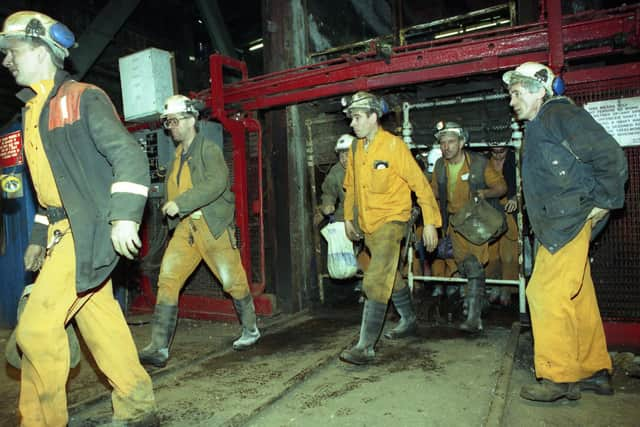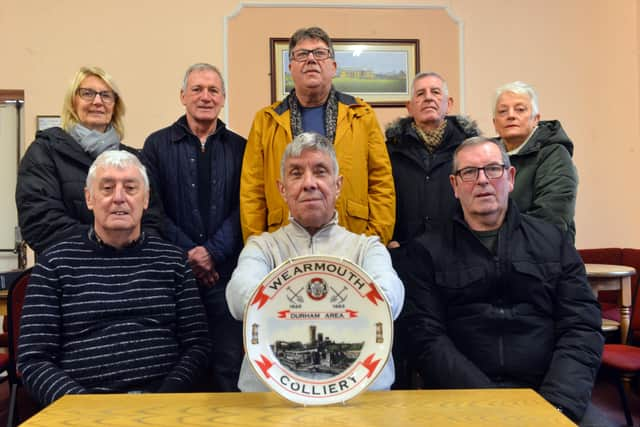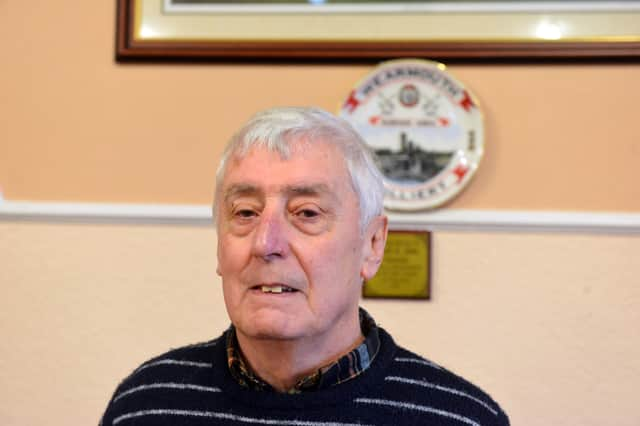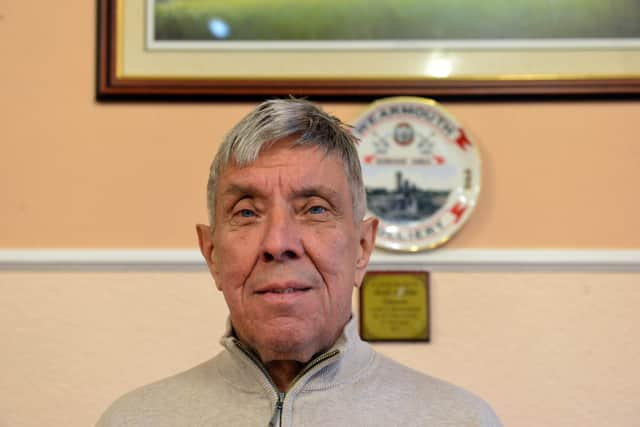30 years on: Wearmouth's ex-miners re-live the last days of the pit
and live on Freeview channel 276
Former miners have looked back on the last day of Wearmouth pit - and described how life changed forever 30 years ago.
The final shift clocked off at the colliery on December 10, 1993.


Men who had worked together for decades never saw each other again.
'You realise you didn't have time to say goodbye'
Whole families experienced a time of anger, dismay and worry as they faced up to an uncertain future.


Wearmouth was the last colliery to shut in the once great Durham coalfield which had employed thousands of people.
Former workers re-lived those final days in interviews with the Sunderland Echo.
Kevin Gallagher, a former coalface fitter at Wearmouth, said: "You worked with the same lads for five or ten years, maybe longer. You knew their families, you would find out about how their kids were growing up and getting on.
Hundreds hit by an uncertain future
"Then, you leave the pit one day and you realise you didn't have time to say goodbye. That was it."


Kevin added: "It was the same for everyone in Sunderland, whether you went into the factories, the pits or the shipyards.
"You left school at 15 and there were jobs for everyone. But overnight, there was deindustrialisation."
'We proved the case for keeping it open'
Alan Mardghum, DMA secretary and former miners and DMA lodge secretary at Wearmouth pit, said: "There was a lot of anger, dismay, worry because people did not know what they were going to do following the closure".
For some workers, pit life was all they had known, he said.
Alan added: "In my view, we had proved the economic and social case to keep that colliery open. There was no reason for it to close.


"We knew from 1984/1985 that we were under threat despite the government telling us otherwise that we had a safe pit.
'When the closure came, at Christmas, it was massive'
"So when the closure actually came, particularly at Christmas, it was massive. It was the end of an era, the end of coal mining in County Durham.
"It was once one of the biggest coalfields in the world. We had the deepest shaft in the world at Wearmouth at one time.
"When it went, six hundred men lost their jobs. Six hundred families were left without work."
There was an 'abundance of coal left at Wearmouth when it closed,' Alan said. "There was something like 170 million tonnes of coal left.
'There was 90 years of work left'
"At the extraction rates at the time, that would have given us something like 90 years of work."
Alan added: "The NUM argued at the time that, if we closed our pits down and relied on foreign energy sources, it could end with an energy crisis. We are in the middle of that now."
George Clarke was another Wearmouth fitter. He said: "All the collieries closed but we are still buying coal from Germany, Australia, Poland and it just beggars belief.
"The jobs have gone here but there is still the demand for coal."
Another former fitter was Ray Atkinson. He said it was 'devastating' that the big industries of Wearside including coal mining and shipyards faced closure at almost the same time.
"It was very detrimental for everyone."


Men in their 50s who couldn't get work
Graham Smith worked at the pit for 18 years and held jobs from face work to power loading.
He said: "I was fortunate. I was 33 and I was young enough to have a change of career."
He went to college and progressed into employment.
But he added: "I would say that there was fifty to 60 per cent of the miners I know, and the friendships I know, that never got that far. They might have been in their 50s and 60s, 40s even, and could not get work."
To share your own memories of Wearside's mining past, email [email protected]